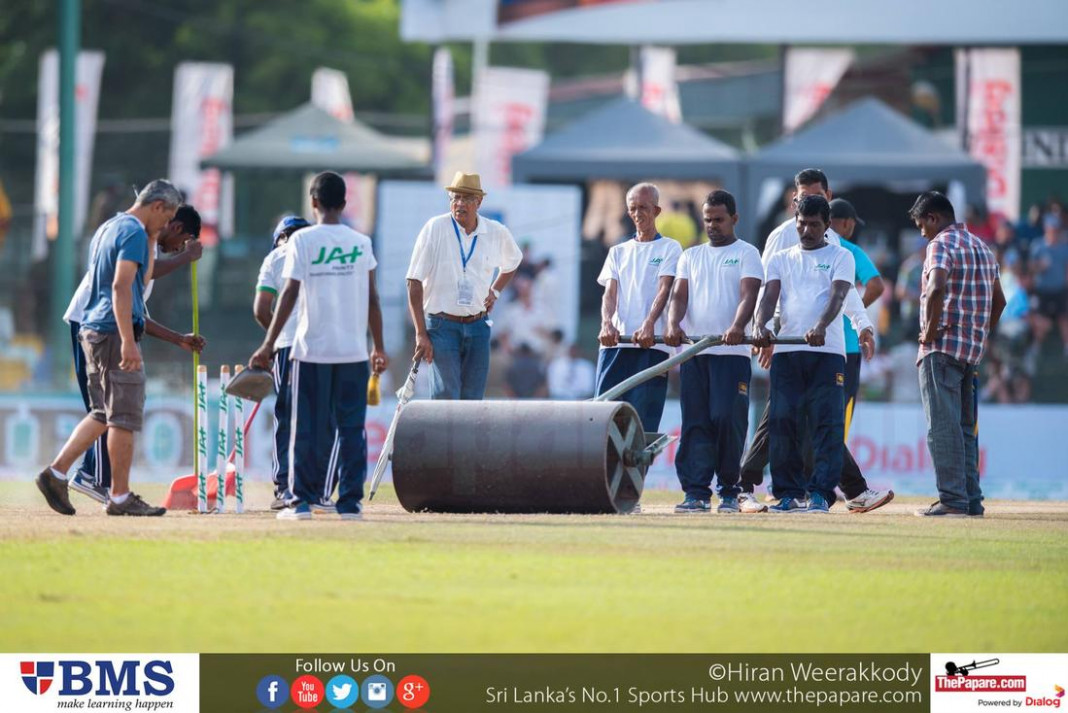I have done some research to ascertain how home advantage impacts Test cricket results and have only been able to get relevant statistics on the Australia vs England Ashes Series over the years.
Since the Ashes Series commenced in 1882, of the 34 series played in Australia, 18 wins have been recorded by Australia and 14 by England, while 2 series have been drawn. 35 series have taken place in England with England having won 18 series and Australia 14 with 3 series being drawn. These statistics clearly reveal that playing at home has been beneficial to the host country.
Match results of recent times indicate that home advantage has played a more prominent role. In the Ashes Series played in England in 2013 England won 3-0. In the latter part of that year and early 2014, England toured Australia and were white washed 0 – 5. In 2015 Australia toured England and lost the series 2 – 3. South Africa toured India in the latter part of 2013 
Let us examine the factors that play a part in home advantage. Host countries prepare pitches to suit their bowlers enabling them to capture 20 wickets to win a Test match. India and Sri Lanka have pitches that take spin from the first day of a Test match. They also have spinners who are competent at spinning the new ball and using the slider to good effect. This causes confusion among the batsmen who play on pitches outside the sub continent where the pitches are firm with a covering of grass, which do not assist spin bowlers, at least till the 4th and 5th day of a Test match.
Pitches in England and New Zealand are similar where the cold climatic conditions help seam bowling. A good exponent of seam and swing bowling of recent times is James Anderson of England who picks up wickets on a regular basis in England.
Australian and South African wickets are firm offering pace and bounce to genuine fast bowlers such as Mitchell Johnson and Dale Steyn who are able to exploit them very effectively.

Traditional food of the host country is another factor that has a bearing on the comfort zone of players. Food in the Sub-continent countries is oily and spicy and players living outside the Sub-continent complain of stomach bugs on consuming such food. Sub-continent players touring other countries find the food bland and difficult to consume on a daily basis.

The factors enumerated above give a distinct home advantage to players in hosting countries. Teams that are able to overcome these odds and perform well when touring are ones who can be considered as being exceptionally great.





















